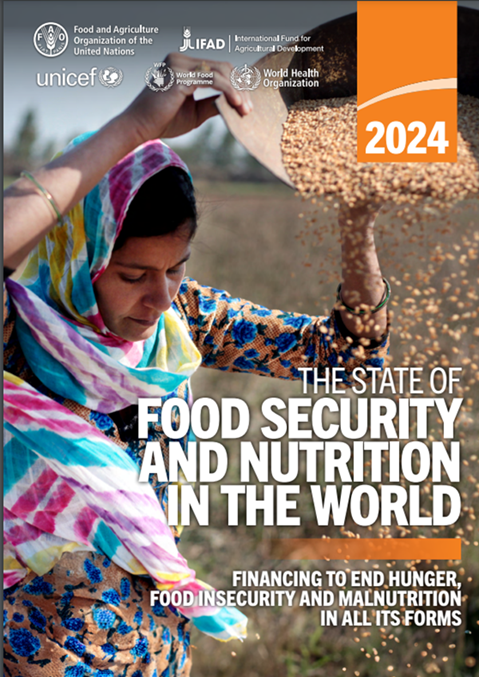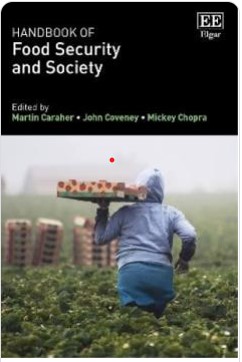Weekend reading: Hunger in America
Marianna Chilton. The Painful Truth about Hunger in America: Why We Must Unlearn Everything We Think We Know—and Start Again. MIT Press, 2024. 366 pages.

MIT Press asked me to do a back-cover blurb for this book, which I was pleased to do.
Marianna Chilton’s uncompromising book cuts to the heart of what’s wrong with America’s “safety net” for poverty and hunger. Her tough analysis derives from the lived experience of people dependent on this system despite its demonstrable inadequacies, inequities, and indignities.
This is one tough book to read, as Chilton warns us right from the start. Accepting food and financial assistance is a deeply humiliating experience. Worse, it is intended to be so, right from the start.
Chilton’s work is highly unusual. She gains the trust of participants in this system by listening closely when they tell her what it is really like for them, and how they feel about it.
This system is so bad and self-sustaining that nothing short of a complete overhaul can fix it. We could, should, must do better.
She says:
Poverty costs the United States at least $1.03 trillion a year. For every dollar spent on reducing childhood poverty, the country would save at least $7 in government spending to address the health and social problems that arise from poverty…To fix this, we need to spend more money to help people avoid poverty; we need to fix the tax code, wage structures, and many other policies that exclude and exploit people who are poor so the wealthy will stop profiting off them.
Chilton recommends the universals:
- Universal health care
- Universal Basic Income
- Universal school meals
- Universal child care
Anything short of that keeps the current system in place.










